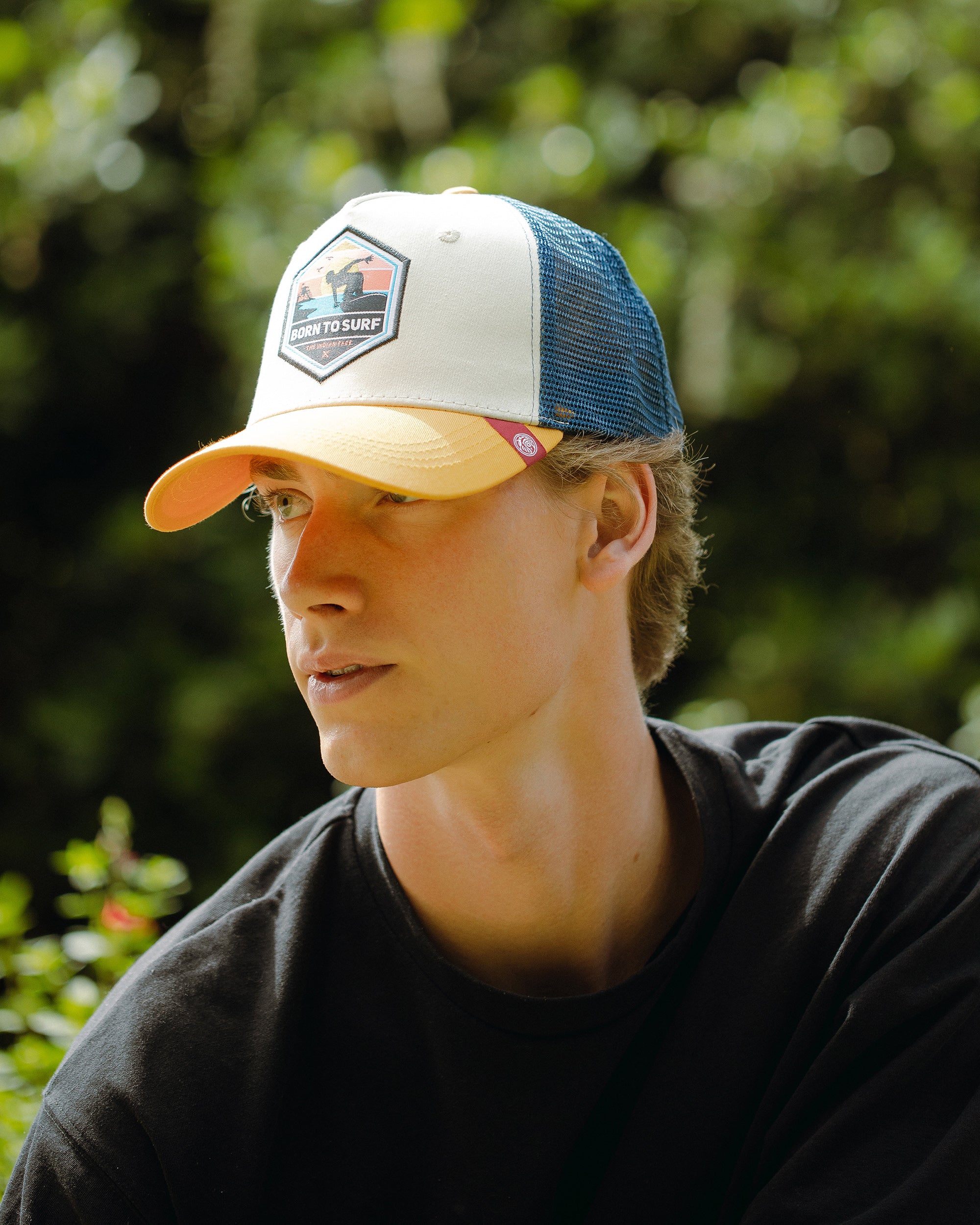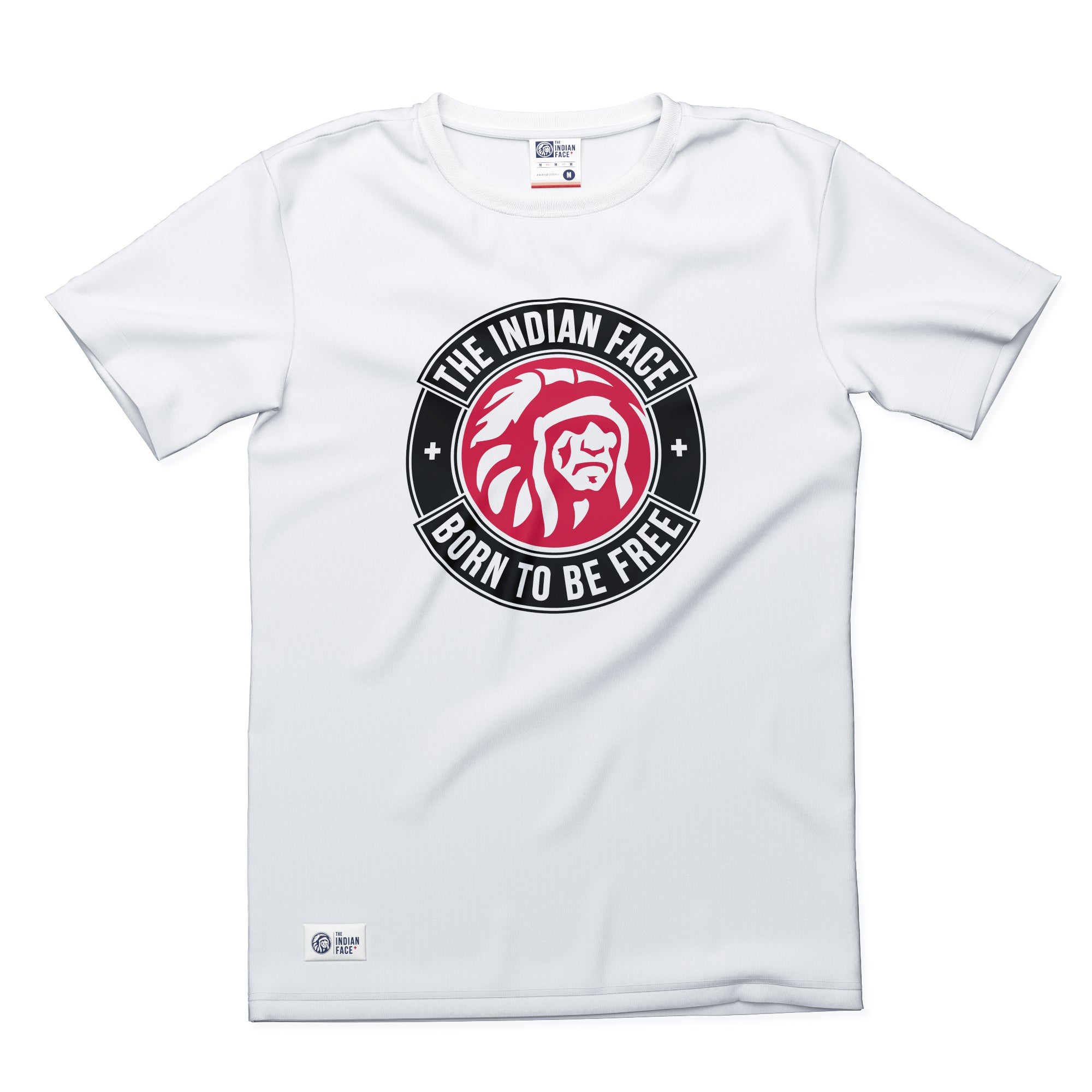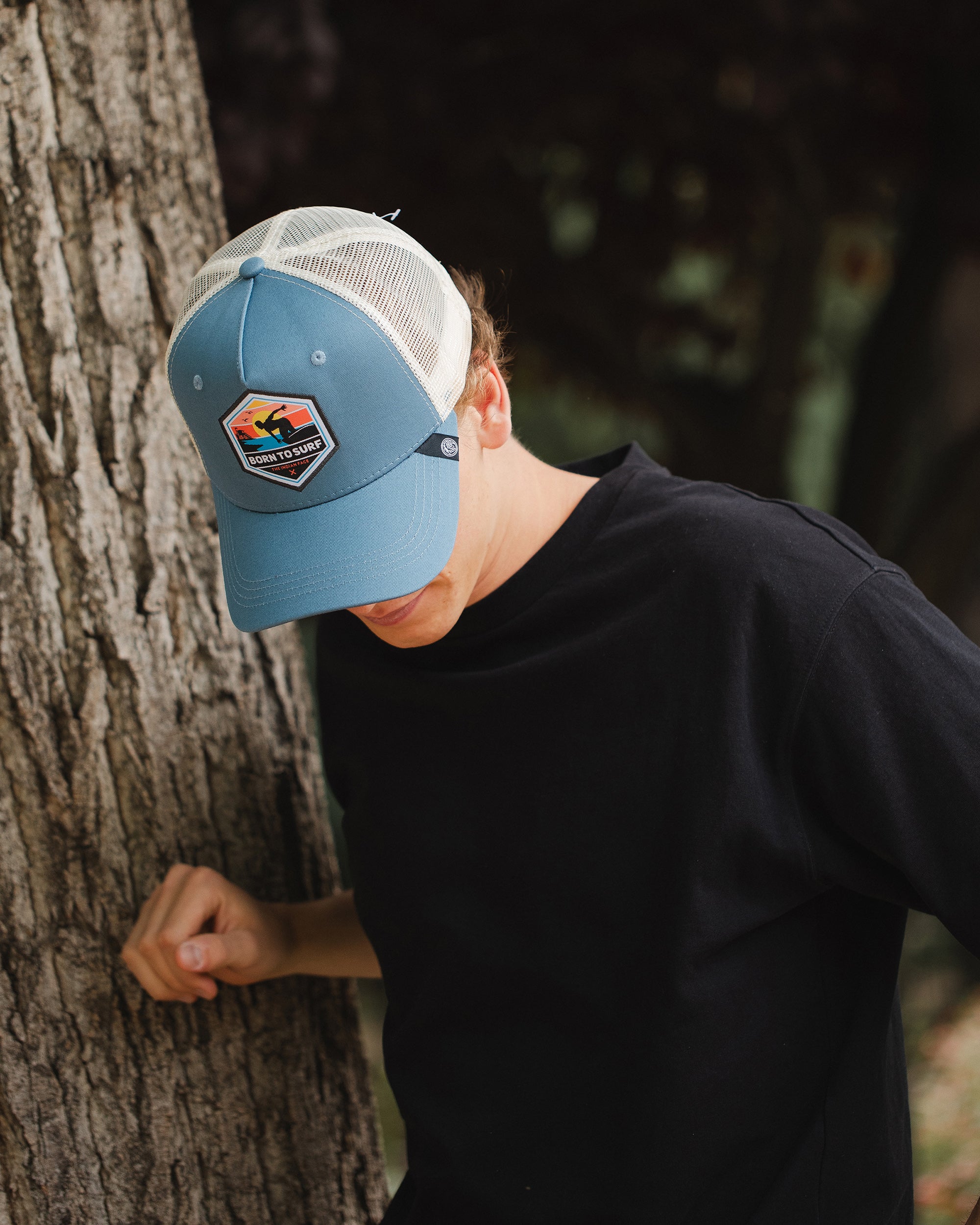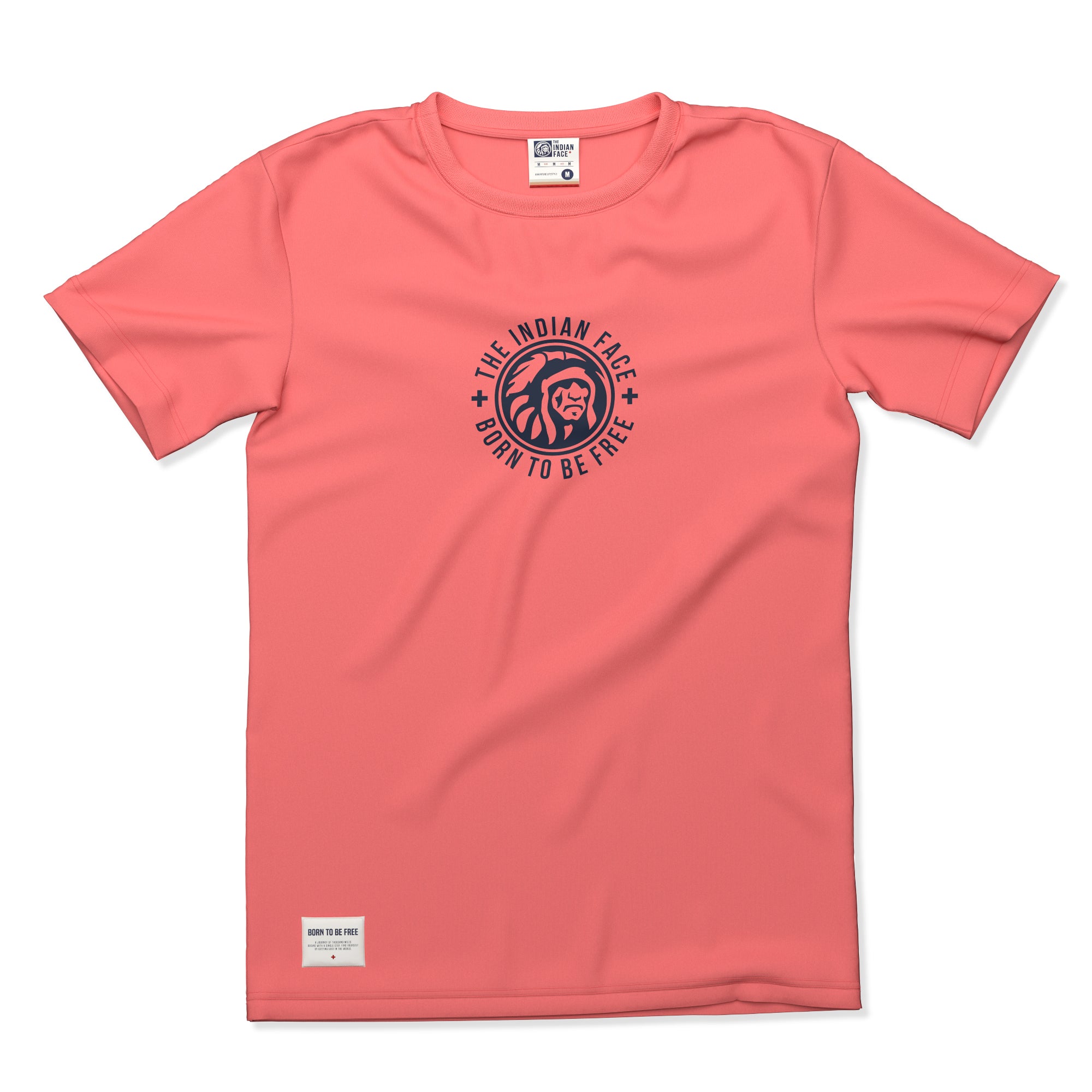Did you know that surfing is this year, for the first time in history, an Olympic discipline? Do you know how this championship is organized in the Games? Do you know where the classified athletes come from? Do you know the history of surfing, do you know the name of the waves?
If you don't know all these things, keep reading! We tell you…
For those of you who don't know yet, the tendency to ride the waves on a board began with the ancient Polynesian Hawaiian and Tahitian inhabitants. Surfing began to gain popularity at the hands of Duke Kahanamoku, a Hawaiian swimmer who came first three times at the Olympic Games, in Stockholm, Antwerp and the United States at the beginning of the 20th century.
Kahanamoku has been the most representative face of surf "contemporary", and in fact, he has acquired the role of father of modern surfing, being one of the first promoters of the inclusion of surfing in the Olympic Games.
The categories available in the world of surfing vary depending on the type of board used and its size. The longboard, for example, is 2.7 meters long and has a lot of buoyancy. The Shortboard, instead, emerged in 1970, has a size of 1.8 meters and has a pointed finish that favors turns and speed in maneuvers. The Shortboard is the modality that is disputed in the Tokyo Olympic Games.
The Olympic Games have started a year late, but they have done so with more force than ever because this year Skateboarding, climbing and surfing have been included as Olympic modalities.
The inclusion of surfing in the Olympic panorama was already approved in 2016 by the International Olympic Committee.
For lovers of waves, boards and neoprene (including ourselves) the fact that it has been added as an Olympic sport has been a turning point in the world of surfing. The fans will grow, generating movement in the industry, more importance will be given to professionalization among the athletes of this sport and more opportunities will be granted to surfers that were previously only for Olympians.
Surfing made its debut at the Olympic Games on July 25, and the first round for women and men was played throughout the night (Spanish). The championship lasts for four days, having, therefore, July 28 as the final moment.

The event was held at Tsurigasaki beach, located in the city of Ichinomiya, on the Pacific coast of China. Although the waves on this beach are by no means spectacular, these days a typhoon has been generated near the Japanese coast, which is favoring waves of around one meter during the competitions. Even so, this type of waves in a completely calm ocean is not what surfers are used to seeing, so the demonstration of their skills on the board will depend on factors such as the wind, the force of the tide or the series of waves that each surfer has to face. Surfing is a sport greatly influenced by the changing and unpredictable condition of nature. It was even considered using the technology to generate bigger waves, but the Olympic Games committee decided that it was more appropriate for the competition to be held in a natural environment.
The competition has a structure in which it begins with an initial round, and another main one that is played in parallel and will lead to the last round in which the Olympic medal will be fought for.
In the initial rounds, between four and five surfers compete, divided into series, and the main rounds are made up of two athletes, in which the one who wins goes to the next round and the one who loses is eliminated.
The first round lasts 30 minutes in which each surfer can catch a maximum of twenty-five waves. Of all the ones you take, the two in which the highest score has been obtained will be counted. The jury that determines the score received in each wave is made up of 5 judges who are in charge of evaluating and determining what good surfing is.
The variables that are taken into account when scoring a maneuver better or worse are, among others, the degree of difficulty of the wave, innovation, speed, style, dynamism... Therefore, for In general, athletes prefer to reduce the number of waves they catch in order to stand out and focus completely on the ones they do catch, even if they are fewer.

When a wave is about to break, a peak is generated at the top of the wave. It is there where surfers go to start riding the wave they have chosen. This is called “Outbreak ” and our
In this first edition of the Games in which Surfing appears as an Olympic sport, the athletes representing the countries that have been able to qualify are especially motivated to leave their mark and make Olympic history.
Countries like the United States have an important trajectory linked to the beginnings of surfing. Australia also has it, as it has very valid athletes who have been monopolizing the elite for years. Countries like Brazil have also started to stand out in this discipline and have turned surfing into the second most popular sport after soccer.
The most outstanding athletes from the countries we have named have occupied the podium of the World Surfing League (WSL) championship for decades, among them names known to the vast majority, such as John John Florence and Kelly Slater (USA ); Mick Fanning and Joel Parkinson (Australia); and Gabriel Medina and Adriano De Souza (Brazil).
As for the female category, the athletes who have stood out the most in this discipline have come from Australia and the United States, above all. Specifically, names such as Stephanie Gilmore and Tyler Wright (Australia), and Carissa Moore, (United States) have stood out as world champions.

The last qualifying stage for the Games took place in El Salvador last June, which was decisive for the athletes as long as they would see if they were going to be able to fight for an Olympic medal, or not. 39 of the 40 Olympic surfers were officially confirmed there for surfing's Olympic debut. The surfers who have come to Tokyo come from 17 different countries, which shows that the sport has grown significantly in recent years.
We hope this article has been useful to you and now you know more in depth what it means that surfing has entered as an Olympic modality. From

















































